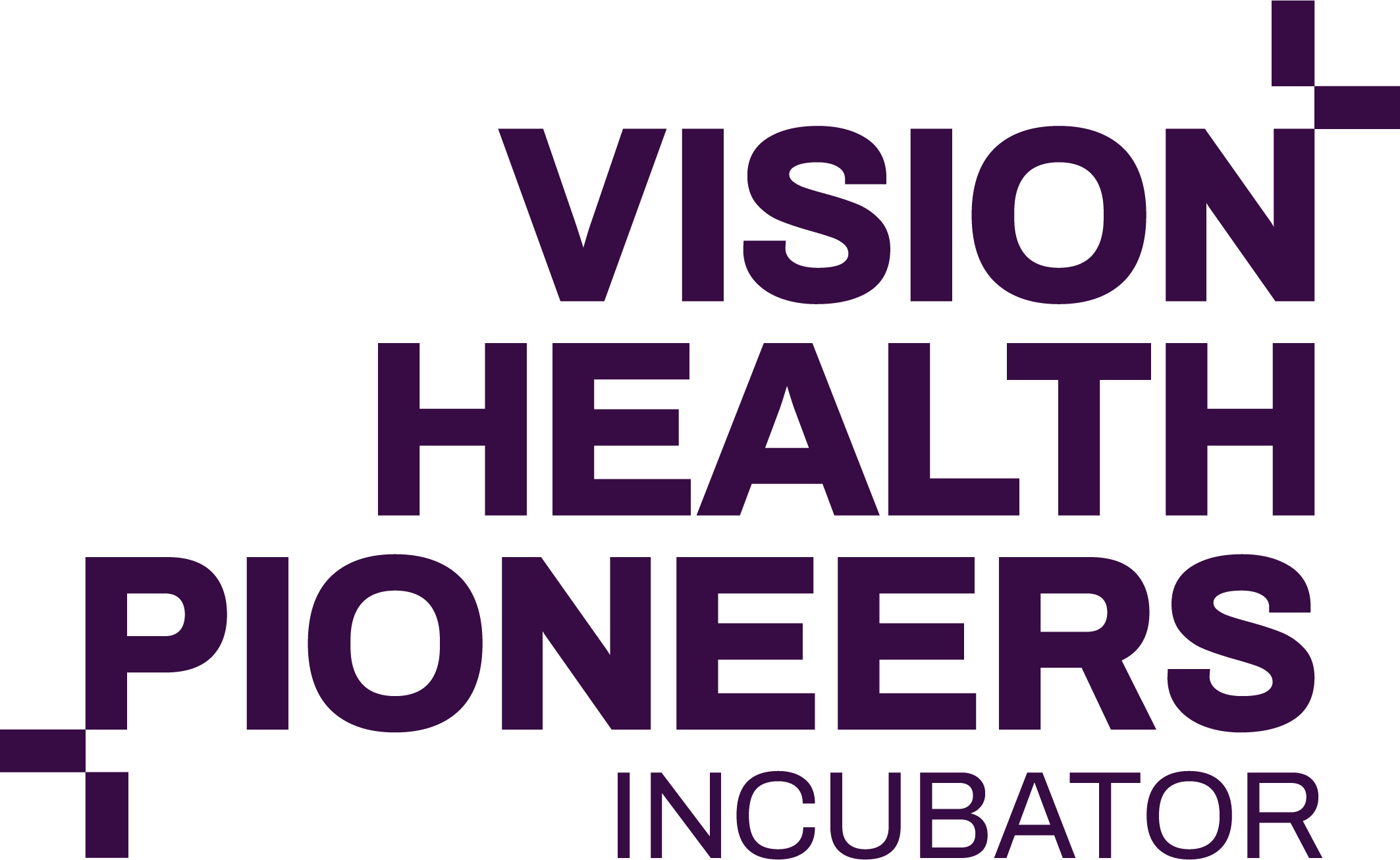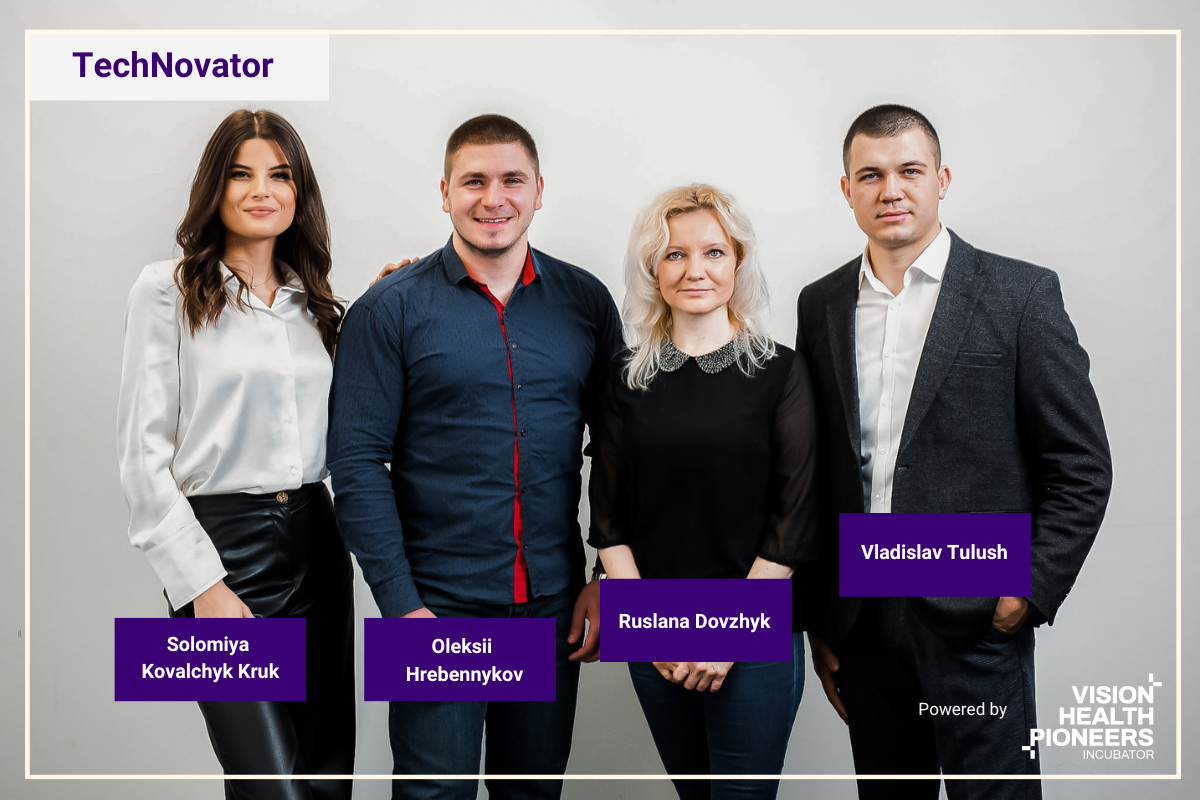
12 Dec A Remotely Charged Future for Implantable Devices
TechNovator is an innovative wireless charging solution for implantable devices. Having successfully hacked during the Vision Health Pioneers Hackathon, the team of four would form and join us as part of our fifth cohort. Led by CEO and Co-Founder Ruslana Dovzhyk, the international team is working hard on their deep tech project and enjoying every moment so far in our incubator. We recently interviewed the team after their success at the Go Global Awards. TechNovator was chosen from over 6000 applications entered from around the world and was crowned as the ‘Startup Exporter of the Year’. It’s a huge achievement for the team and follows a third place finish in the 2021 awards, in the category of electronics. In the following interview we explore more about how they are using huge energy transfers to try and change the future of implantable devices as we know them today.
At the heart of TechNovator is innovative wireless charging technology that’s able to charge low and high power devices simultaneously at a distance up to 0,5m, even in the human body. “Our technology uses a massive amount of energy transfer through energy quantization, a principle first put forward by Max Planck in 1901. Max Planck postulated that energy was quantized and could be emitted or absorbed only in integral multiples of a small unit of energy, known as a quantum. TechNovator mastered this principle. We know that this is very complex. So we find it best to compare what we do with that of something most people are familiar with, such as the sharing of information.” These are the words of Ruslana as she begins to explain how the technology behind TechNovator works. She continues, “Imagine you have a huge amount of information and you need to send it to someone. You compress the information with a special program and then send it. We apply something similar to energy. Our transmitter acts as a program that compresses information, but in our case we compress energy. How is that possible? The transmitting element is built in a special way. That is, the design of the transmitting element is configured in such a way as to absorb the energy that enters it. After such compression, the transmitting element forms a weak information signal about the compressed energy, which, after reaching the receiving element, releases energy in the internal structure of the receiving element. In other words, there is compression and a simultaneous formation of the energy key. After receiving the key, the receiving element releases (unzips) energy from the quantum vacuum. Thus, with this method of energy transfer, there are no magnetic and electric fields.”
It’s no secret that what TechNovator is working on is complex and potentially confusing, but the team is committed to making sure the entire medical community and beyond understand it.
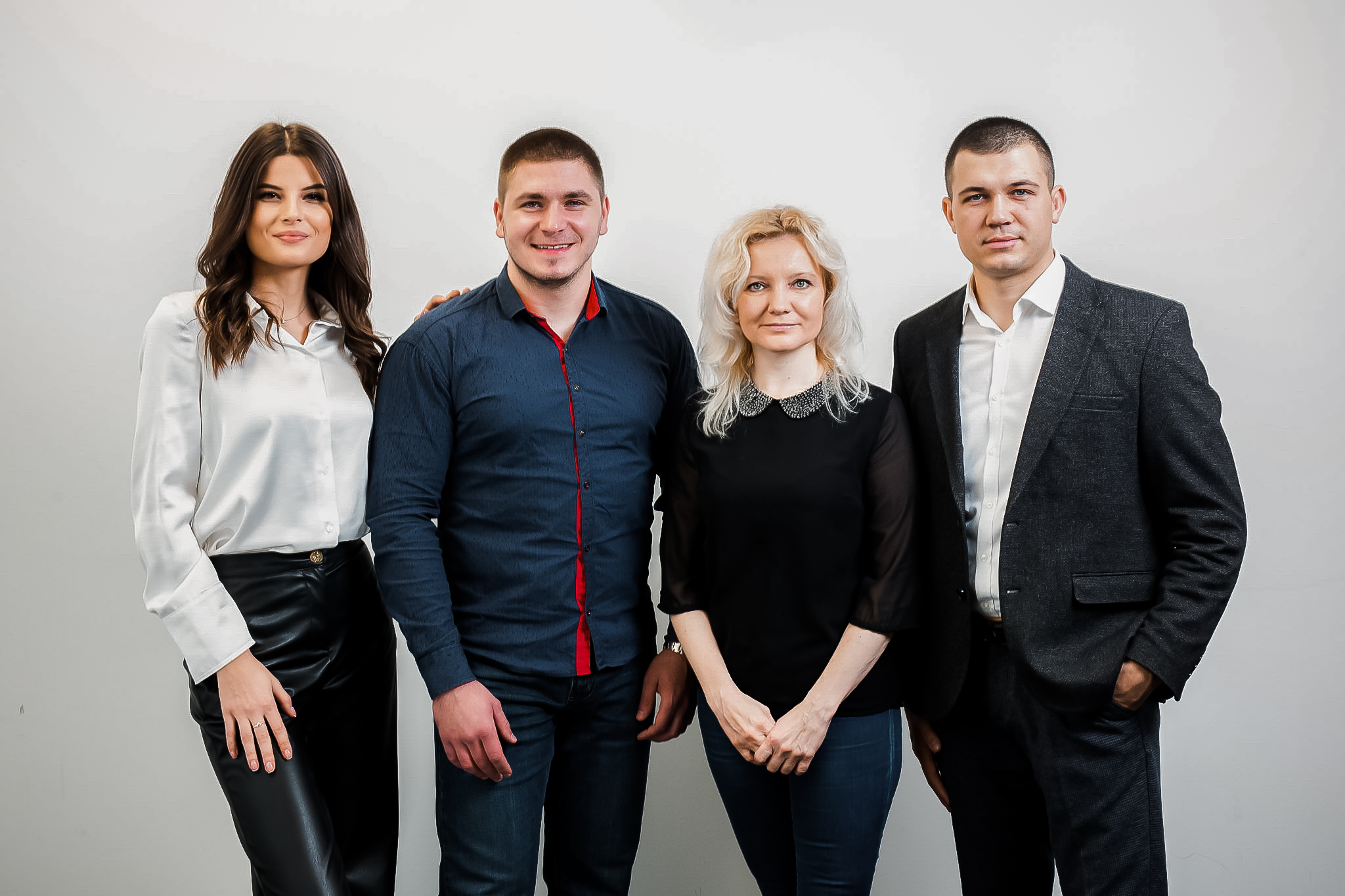
Flanked by her supportive team of Solomiya Kovalchyk Kruk (Business Development Manager), Vladislav Tulush (Partnership Specialist) and Oleksii Hrebennykov (Technical Engineer), Ruslana has brought together passionate entrepreneurs who can fulfill the high ambitions of TechNovator. Separately they are all eager and together they are driven for their startup and the technology they are working with.
The team are confident and Ruslana emphasizes this as she continues to describe what TechNovator are working on in a calm manner, “It’s important to know we do not use magnetic electric fields and instead charge various elements within certain distances. When we invented this, in 2019 in Poland, we thoroughly tested it and then ensured we received certification. This gave us the green light that our technology was safe and the experts involved were impressed with what we had invented. Now we need to patent it, because it’s something that has never previously been seen.”
With this in place, TechNovator is focused on using the technology so people can avoid repeated surgery and risk any complications that come with this. Current implantable devices are battery powered and these naturally eventually run out of power. TechNovator wants to change this and allow people to charge their implants inside their body for whatever requirements are required.
The Original Story
An advisor for TechNovator, Wlodek Laskowski, who has an artificial cardiac pacemaker, was the first to request the possibility of charging implantable devices. The team explains how Wlodek was frustrated to have to undergo surgery every five to seven years in order to replace the device after the battery neared its end. During these early days, the team would explore the devices on the market and open them up to see how they were constructed. Ruslana shares more on this, “We know that an artificial cardiac pacemaker has three batteries inside – two large batteries and additional a backup battery. Pacemakers can protect people from a heart attack but they have disadvantages. We believe in having only one battery and one which can be charged inside the body.”
TechNovator tried to improve existing methods of energy transfer and realized that it was impossible to meet the needs of corporates trying to improve the existing methods of energy transfer. Once they had successfully created their wireless charging technology, they began to ask the question on whether it is possible to commercialize it. They concluded that it was absolutely possible following a test in water. “We used water as one of the first tests because the human body is made up of roughly 80% water.” Ruslana explains. “We tried up to a distance of 18cm and it was still able to charge.”
Powered by Research
An analysis by the team found that the global market for implantable devices is worth more than 30 billion dollars. Solomiya, who is focused on business development, explains more about this research, “We have the technology in our arms and want to bring it to everyone. It’s deep tech so it takes longer to get to market, but we truly believe we can help millions of people. Now we are focusing on finding the right partners for collaboration.” Vladislav, who heads up their partnership activity, adds, “This can include a company who produces implantable devices or other businesses who operate in related scientific fields. We are ready to start collaborating and bring our technology into existing products.” Ruslana, nods as her team describe what they are aiming for before concluding, “We’re also happy to work with medical universities. This is especially important as we’re keen to test and provide research based on our technology. We see this as the next step before we embark on ethical animal trials but the two could work together as some universities have a base of animals that are available for such trials.”
TechNovator also wants to gain recognition within scientific papers and are quite open to this at each stage of their journey. They foresee clinical human trials taking place further down the line. “At the same time we are organizing a certification process to prove that the different stages of the technology are safe.” Ruslana summaries.
An International Team
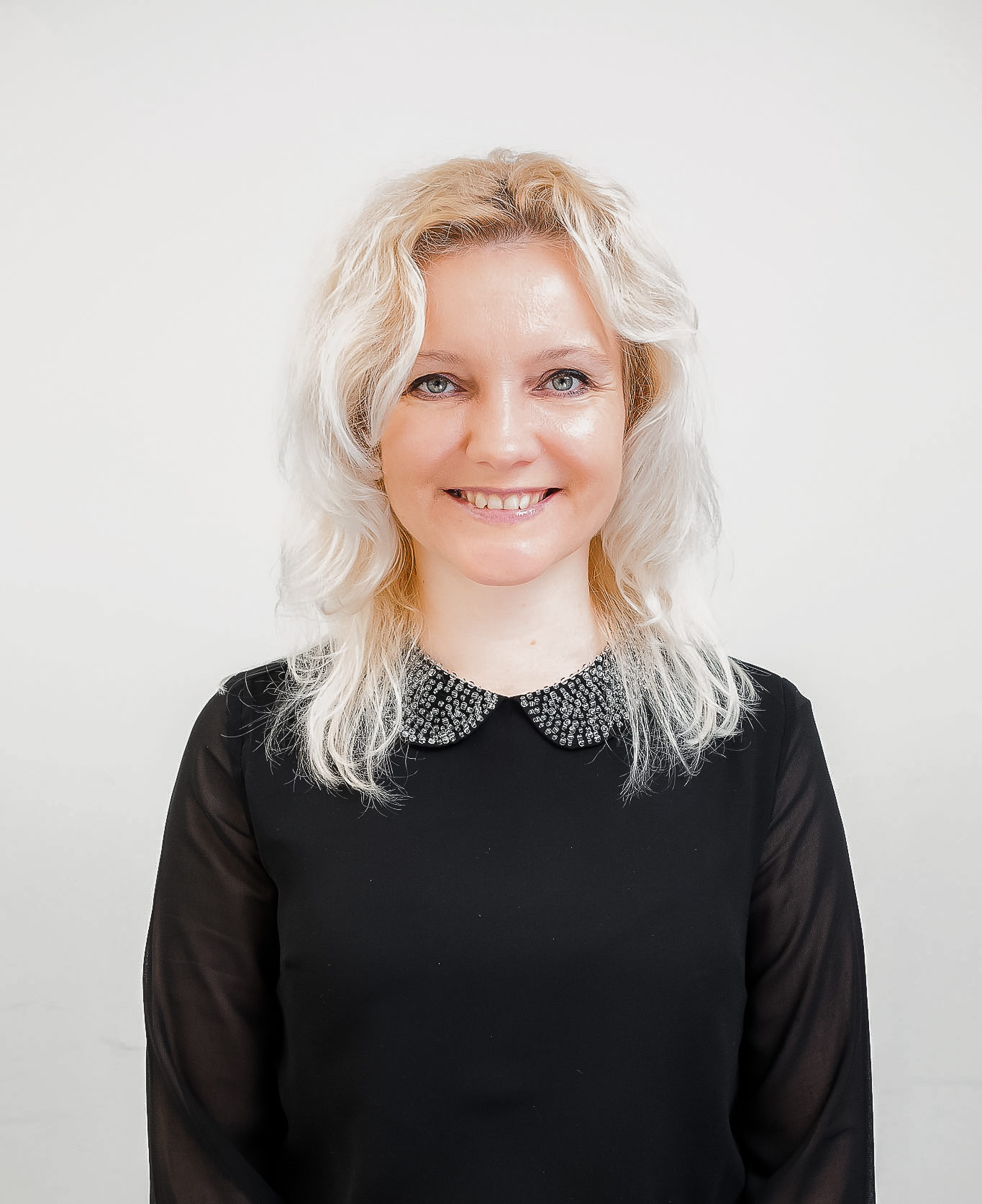
Ruslana, who is originally from Poland, and where the technology was created, is responsible for all the goals and success in bringing TechNovator to market. Solomiya focuses on marketing and finding the right people to talk to at the right time about their solution. Originally from Spain, she can be found at many related fairs and conferences as the team searches for contacts to help promote their solution. Solomiya is joined by Vladislav from Bulgaria who was employed just before they joined Vision Health Pioneers Incubator. He shares, “It was Ruslana who inspired me to join them and assist the project. I love using my skills to promote what we are doing and find the right partners.” Last but not least is Oleksii from Ukraine who is a Technical Engineer. With his skills in electronics, Oleksii is also closely working with further team members based in Poland.
This wider team is not part of the program but is essential to the growth of TechNovator. Their Research & Development sector of the business includes six engineers who are working on different stages, such as the receiving and transmitting aspect of the technology. Oleksii acts as the bridge between the business on the technical side and can support them with learnings developed by the team here in Berlin.

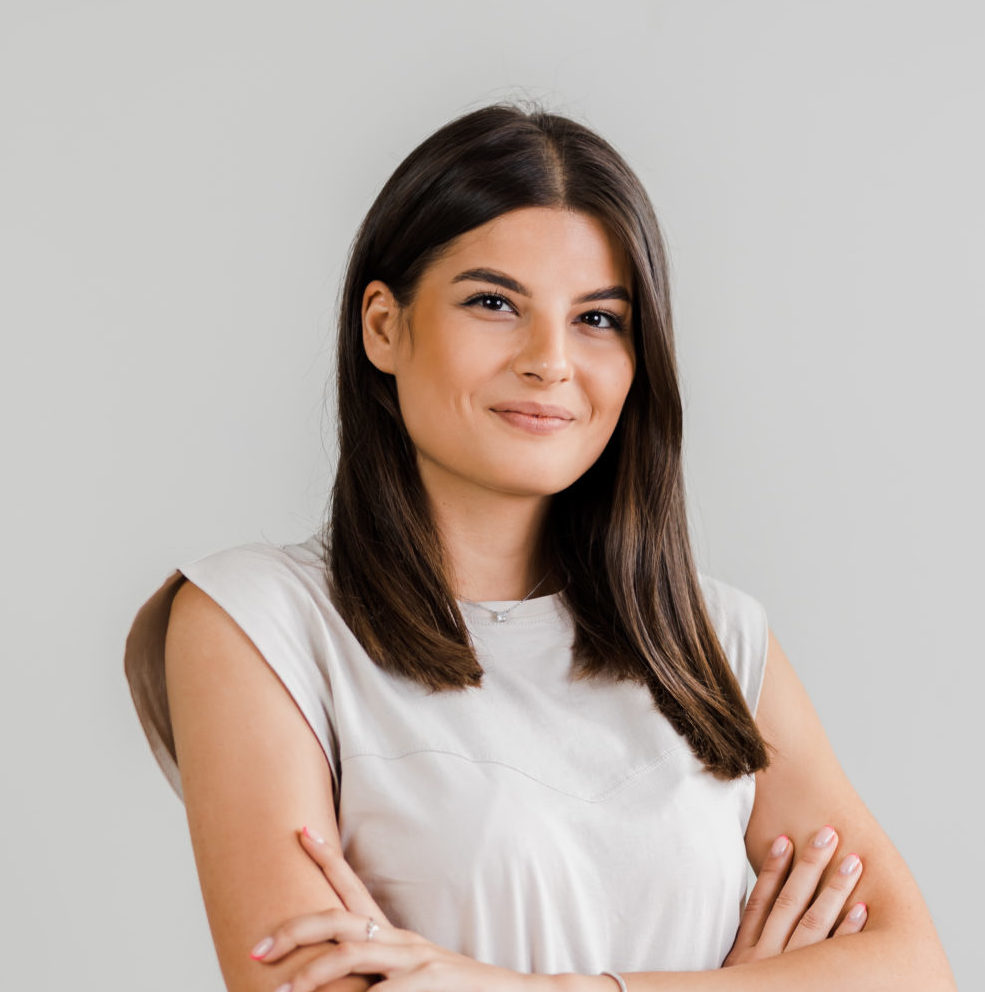
Each member of TechNovator is very open to learning and are thankful for the benefits a program like Vision Health Pioneers Incubator provides. Solomiya shares more on this, “There are so many different aspects of healthcare which we are learning. It provides us with a big picture on what we need to do and how we can bring our solution to market, whilst at the same time understanding the medical regulations involved.” Ruslana adds to this, “The German market is very exciting and so we are always ensuring we are prepared for any obstacles that we may face in the future.”
Why Hasn’t This Been Done Before?
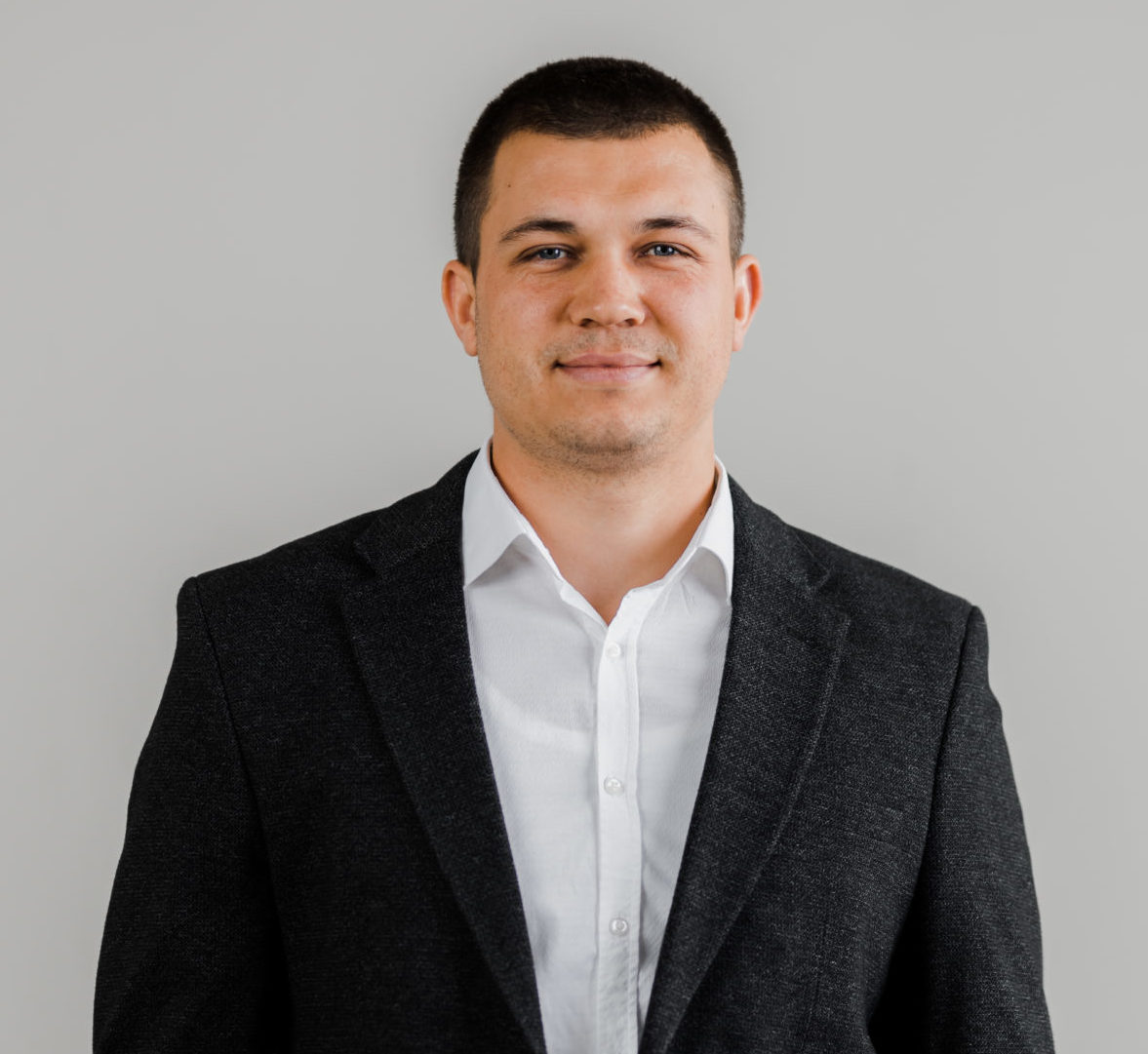
“Ultrasound, microwave, magnetic resonance, solar cells placed under the skin and piezoelectricity all currently exist but they have disadvantages. Whether heating, difficulty when implanting, charging distance or efficiency, we believe our technology is safer and overall has more benefits than current available options.” Ruslana explains before concluding that they believe there is currently no suitable solution on the market.
A Charged Future Against Skeptics
When asked about their vision for the future, Ruslana has a clear picture in her mind. “We want the industry to be interested in our technology in Germany and to have conversations with them.” It is simple, to the point and needed. TechNovator appreciates the complexity of what they are bringing and, being deep tech, that it will take longer. The team predicts that it will be at least five years before they can launch on the market. This is also why the team, who clearly believe in the vision illustrated by Ruslana, are planning to apply for grant funding and collaborate with universities and business partners.
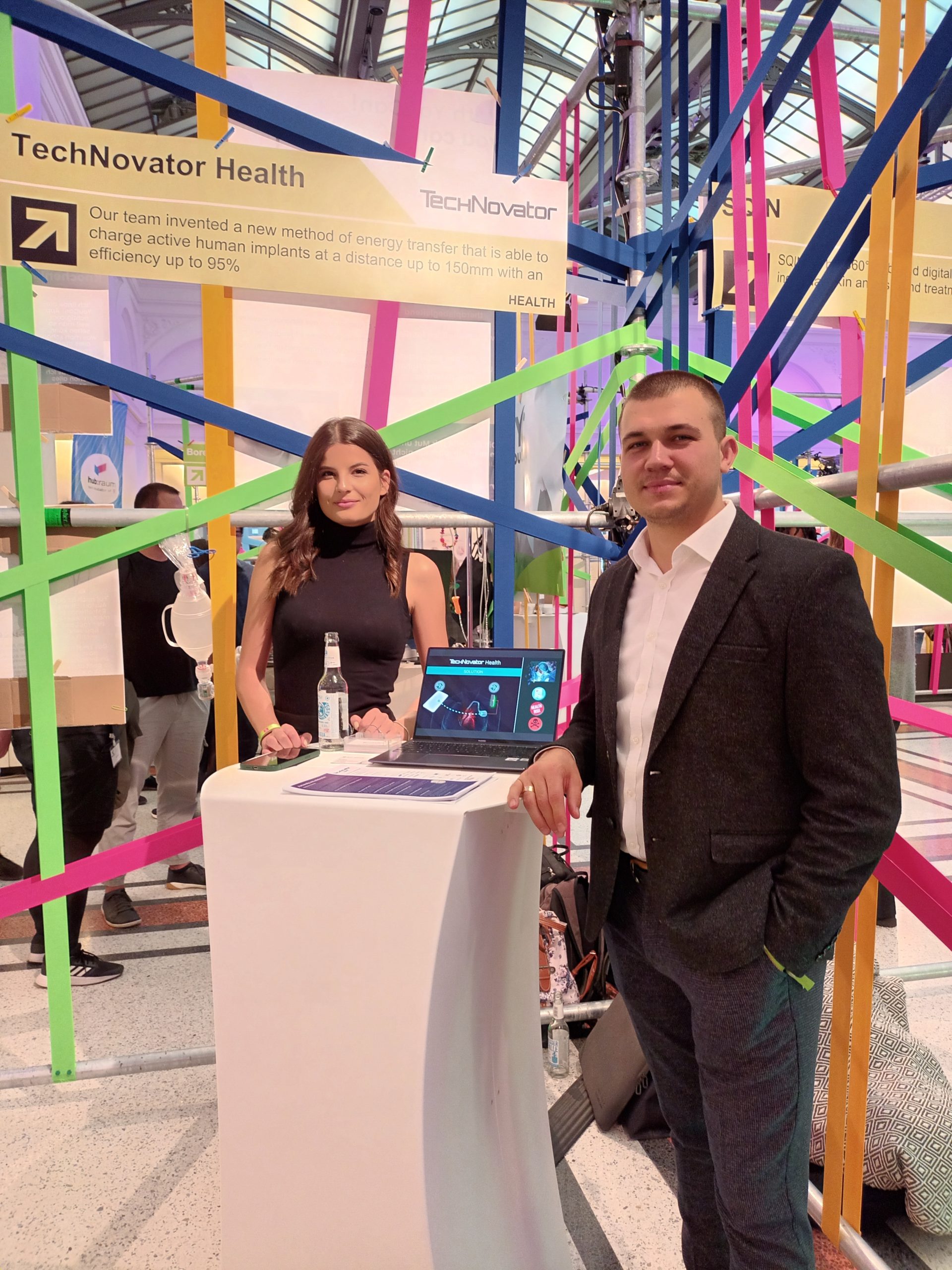
Solomiya explains this mission, “We are interested in attending all events, meeting every person and holding direct, and at times frank conversations. We meet skeptics, it is normal given what we have built, but we use their feedback to grow.” Vlad nods and adds, “Innovation, if something new, can be daunting. Unless someone is truly an expert in wireless charging technology or is open to conducting detailed due diligence, it can be difficult to grasp certain aspects of what we provide without being skeptical. If they are, it pushes us to move forwards.”
“We are 100% confident in our technology. That’s why we are so open to testing with universities and would love to feature in scientific publications once those tests have been conducted.” Ruslana shares with passion. “If someone is really interested in what we are doing, we share with them a video recording which helps explain TechNovator.”
The Challenge of a Potential Unicorn
“The challenge for us now is that we want to move quickly but know we need to be patient.” Vladislav shares. Ruslana believes this patience is important, especially as the team have loft aspirations to one day be considered a unicorn. She explains, “We know our strategy, we know what we need to do to get there and we have options.” Solomiya nods with confidence at these words and adds that the team is completely motivated on seeing the first patient with a successful pacemaker that is charged remotely. “Just imagine no longer having to have numerous surgeries and having a much more convenient life. That drives us.”
TechNovator is very thankful for the program at Vision Health Pioneers Incubator. They cite Joscha Hofferbert, Co-Founder and Senior Advisor for Vision Health Pioneers Incubator as a great support. “Joscha has recommended experts in the field we operate in and we’ve had some great conversations. He feels like part of the team. Susanna Feldt, the leading coach, has equally been very important for our product design.” Solomiya shares.
TechNovator has an exciting future ahead. With the ambition to be the world’s first wireless charging solution for human implants, they have many miles to travel, but the team are confident, driven and passionate. It’s a winning combination of skills and mindset and will keep TechNovator moving forwards and approaching their desire to disrupt the healthcare industry and to become a new standard of wireless charging solution.


